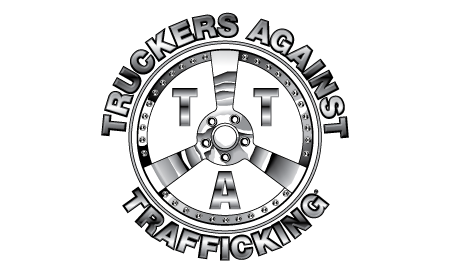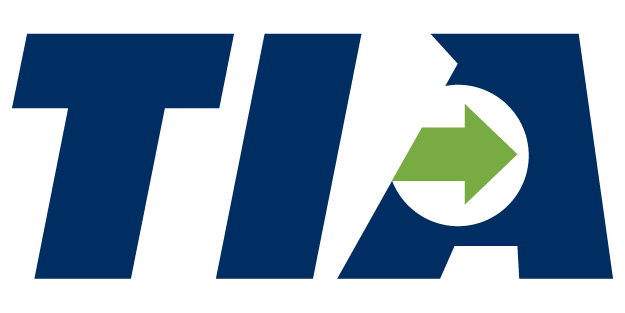Fuel Pricing
By Noël Perry
Clear weather ahead or the perfect storm?
It’s wonderful how markets work.
High demand forces prices up. High prices encourage more production; prices fall. We learned that in spades after the first energy crisis back in the late Seventies. The market assumed that the Iraq-Iran war would seriously restrict supply and traders would bid up prices. After six months, the market realized that both Iraq and Iran were still shipping most of their oil, and prices fell. That same dynamic happened five years ago, when continued increases in global demand tightened supplies, and the price got over $100/barrel.
Those are the economics that fueled the American fracking boom. Engineers figured out a way to get oil out of the ground for less than $50/barrel. Americans drilled like crazy. Last year, U.S. production increased by 2.2 million barrels per day (MBD), the largest increase from any nation’s production in history! So prices went back down. On June 18th 2019, the “Brent” Price (international standard price) was $62.19 per barrel. It would be lower without reductions to Iranian, Libyan, and Venezuelan production. We would be around $50/barrel if everyone was producing at capacity.
The new normal – boring!
Since the appearance of the expanded American production, the increased supply is just about equal to the sum of the 1%+ increases in global consumption and the intentional and unintentional reductions in OPEC supply. That has kept prices in the $55-$65 range, about where economics says they should be. OPEC has wanted to limit production a bit more, but that group has never been disciplined in its execution of policy. That’s because each member has the incentive to cheat. So, we have this equilibrium that has kept prices relatively stable since 2015. Yes, prices have ranged from $40/barrel to $80/barrel, but the driving economics of the market have not changed significantly. That means determining whether prices in 2020 will be $70/barrel or $55/barrel is more guesswork than science. Truckers and their customers will have some uncertainty about their fuel price budgets. Changes, however, should not be enough to alter market fundamentals. Yeah, get your fuel surcharges right: crude could vary from $45/barrel to $54/barrel. That equals to a swing of a buck in pump prices of diesel. Still, there is no need to take a flyer on an electric or natural-gas powered rig.
But, there’s always a “but”, isn’t there?
Actually, there are at least two but’s here, scenarios that could swing prices by more than the range suggested above. Let’s take the low-price scenario first. It is a combination of bad economics and good politics. The bad economics, a global recession, could reduce consumption by 2MBD, or perhaps a bit more. The good politics would be the elimination of political problems in Venezuela, Libya, and Iran that currently keep about 2.5MBD of oil off the market. The combination of the two forces would change the balance of supply and demand by 4.5MBD, more than enough to soften prices probably below the $45/barrel low limit I quoted above. I put the probability of this scenario at 15%: small, but still possible.
The perfect storm!
I write this piece because two very possible risks could combine to create a nasty high-price scenario. The first risk is a civil war in Venezuela. Everyone hopes that Maduro will simply disappear onto a military transport headed for his buddies in Cuba. Something more violent could easily happen there, something that could shut down oil production. Or – maybe he stays, and Venezuelan oil production just stops. Currently, those fields, sitting on the world’s largest reserves, are producing around 1MBD.
The second risk is the frightening escalation of tension between the U.S. and Iran. Should that tension ignite into war, even a small one, the missiles, bombs, and shells would fly across a seaway that carries 20+MB of oil per day. Somebody is already firing something at oil tankers in that region. With all the saber rattling going on, some degree of violence is definitely possible. A portion of that 20MBD of Persian Gulf is at risk. It doesn’t take much imagination to get a 5MBD – or more – reduction in production between the Venezuelan and Iranian threats. Crude oil markets would shoot right back above $100/barrel.
For diesel, it could be worse.
Given that crude oil situation, diesel prices above $4/gallon would be likely. And that is before the impending mandate that applies to ships visiting American ports. Large ships currently burn something called “bunker” oil, the gunky stuff left at the bottom of a barrel of crude once the lighter stuff is boiled off. Bunker crude has lots of BTUs, so ship owners love it. It also has lots of pollutants. Beginning in the new year, 2020, large ocean vessels will have to burn cleaner fuels. At first, until the refiners find a way to clean the bunker fuel, the ships will have to burn distillate fuels like diesel.
Energy economists are already worried about shortages of highway diesel given the likelihood of this sudden new demand for diesel. So, right when crude prices could already be high, we could get a refined product shock that would raise them some more, maybe $.25-35 per gallon more. How about $5/gallon diesel and long lines at the pump? This scenario is definitely in the “non-zero” category. The diesel aspect is 100% probable, at least the requirement to change fuels. Let’s hope the refiners find a way to juice diesel production. The Venezuelan aspect is 25% probable. Sadly, some variant of the Iranian aspect is greater than 50% likely. I have written recently about the high-risk nature of our President’s foreign relations policy. His Iranian policy is high-risk indeed.
What to do?
There are several considerations: the most important is the unthinkable one, physical shortages of diesel fuels. Importantly we could get shortages even without an actual macro diesel shortage. That happened in 1973, during the Arab oil embargo. People thought there would be a shortage and went out and topped off their tanks. That behavior almost doubled fuel demand temporarily. The oil companies couldn’t get enough fuel to the pumps fast enough. Voila! Long lines at the pumps. After a few weeks, demand leveled out again and the lines disappeared. There always was enough gas. The whole problem was just an inventory swing. So, if diesel supply does tighten, or looks like it will tighten, towards the end of the year, truckers will top off their tanks, just in case. That will, at best, create delays at the pumps. In the worst case, some freight will not make it to market. It will help to fuel up in the middle of the country, away from the ports, and to use fleet refueling facilities rather than public pumps.
Choices could become very important!
The second consideration has to do with allocation. If shortages occur, shippers will be forced to prioritize which shipments move first, or move at all. In the same way, carriers will be forced to choose which loads to move, either those with the highest prices or with the lowest fuel consumption.
Slow down!
Shortages or high fuel prices will put greater emphasis on fuel economy. That will mean slower speeds and less idle time. For long-haul loads, it will also mean longer transit times. Fuel consumption increases very rapidly as speed increases. Arrival appointments will have to be adjusted.
Another price jump!
Finally, both the cost of fuel and the cost of delays will end up in the price of trucking. $4 diesel and long lines at the pump are worth about $.60 per mile in price, not to mention any anxiety-based overruns in price, as we had in early 2018 after the ELD mandate. For shippers, this means a 40%-50% chance of another transport budget crisis, less than 18 months since the last one. For carriers, this means a cash flow challenge, as prices usually rise sometime after costs rise.
But will the worst really happen?
If I knew such things, I would have retired in luxury long ago. No one knows the future for sure. What I do know is there is a non-zero chance, 60% or more, of some degree of fuel price movement over the next six months. And that movement could be a big one. It’s my prime job to warn you about future states that would cause you to have to manage differently. An energy shock is one of those important future states. It is a significant risk, ranking second only to the ELD mandate during the last ten years.
Upon hearing of such risks, some people will begin hedging immediately; some will begin planning immediately; some will monitor the issue but do nothing until the signals become obvious. Some, of course, will do nothing. What you choose depends upon your individual risk profile. However, the magnitude and clarity of this threat suggest that, at a minimum, you do active monitoring of diesel supplies and much more planning than normal.













